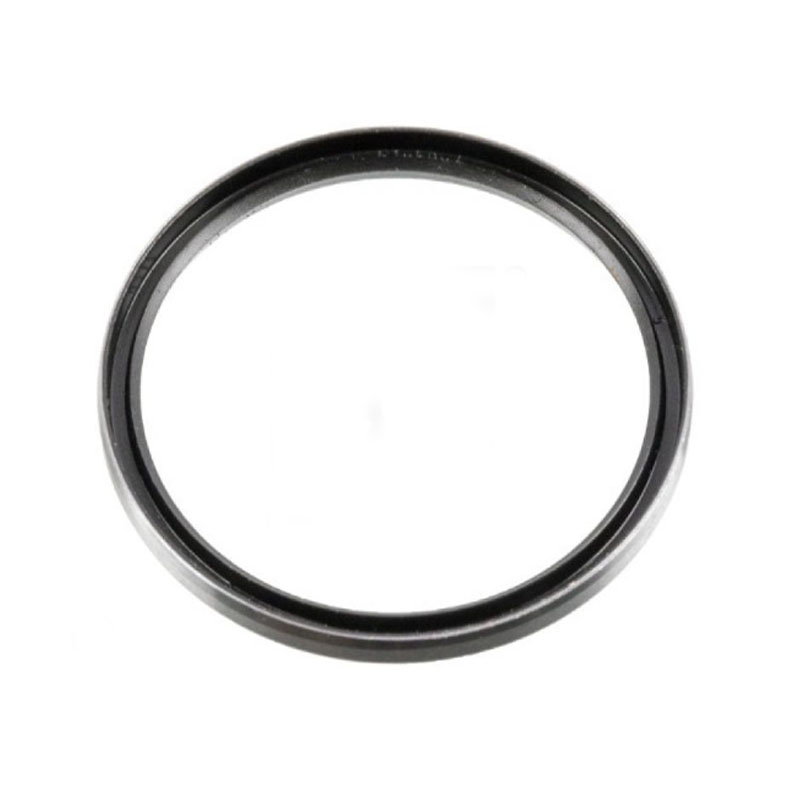Understanding the Importance of Oil Pan Cover Gaskets in Engine Performance and Maintenance
Understanding the Importance of Oil Pan Cover Gaskets
The oil pan cover gasket is a crucial component in automotive engines, often overlooked but essential for the proper functioning and longevity of the engine. This gasket serves as a seal between the oil pan and the engine block, preventing oil leaks and ensuring a secure connection. Understanding its role and how to maintain it can help vehicle owners avoid potential issues and costly repairs.
What is an Oil Pan Cover Gasket?
The oil pan is the reservoir that holds the engine's oil, essential for lubricating various engine parts and maintaining optimal temperature. The oil pan cover gasket is specifically designed to seal the joint between the oil pan and the engine block. It is typically made from materials resistant to heat and chemicals, such as rubber, silicone, or cork. Over time, however, these materials can degrade due to heat exposure and constant friction, leading to leaks and, in some cases, engine damage.
Symptoms of a Failing Oil Pan Cover Gasket
When an oil pan cover gasket starts to fail, several symptoms may manifest. The most common signs include
1. Oil Leaks The most apparent indicator of a failing gasket is oil pooling under the vehicle. If you notice puddles of oil where you park, it may be time to inspect the oil pan cover gasket. 2. Low Oil Levels If you frequently need to top off your oil, this may suggest a leak caused by a faulty gasket.
3. Engine Overheating Insufficient oil levels can lead to inadequate lubrication, causing the engine to overheat. An overheated engine can result in severe damage if not addressed promptly.
4. Oil Warning Light Many modern vehicles come equipped with warning lights. If this indicator lights up, it might be a signal that the oil pressure is low, potentially linked to a gasket leak.
Importance of Regular Maintenance
To ensure the longevity of the oil pan cover gasket, regular maintenance is essential. Here are a few steps vehicle owners can take
oil pan cover gasket

- Regular Oil Changes Changing the oil at recommended intervals prevents sludge buildup and reduces strain on the gasket.
- Visual Inspections Periodic inspections under the vehicle can help identify any signs of oil leaks early. Catching potential issues before they escalate can save vehicle owners from significant repair costs.
- Professional Assistance If you're unsure about the condition of your oil pan cover gasket, it's advisable to seek help from a qualified mechanic. They can accurately diagnose any issues and recommend the best course of action.
Replacement Considerations
If it is determined that the oil pan cover gasket needs to be replaced, there are a few considerations to keep in mind
1. Material Quality Opt for high-quality gaskets that offer better resistance to wear and tear. While it may be tempting to choose cheaper alternatives, investing in a quality gasket can prevent future leaks and save money in the long run.
2. Proper Installation A poorly installed gasket can lead to misaligned seals and subsequent leaks. Therefore, ensuring that the installation process is performed correctly, ideally by a professional, is essential.
3. Follow Manufacturer Guidelines Always refer to the vehicle’s service manual for specific recommendations related to the oil pan cover gasket. Each vehicle may have unique requirements.
Conclusion
In conclusion, the oil pan cover gasket, while seemingly minor, plays a critical role in engine health. Regular maintenance, timely inspections, and proper replacement can help avoid inconveniences and preserve the engine’s integrity. By paying attention to this often-overlooked component, vehicle owners can ensure smoother operations and extend their engine's lifespan. Make it a point to prioritize the condition of your oil pan cover gasket for a better-performing vehicle.
-
Understanding the Front Main Engine Seal: Purpose, Maintenance, and Installation
News Jul.29,2025
-
Understanding O-Rings and Seal Rings: Types, Applications, and Custom Solutions
News Jul.29,2025
-
Understanding Crankshaft Oil Seals: Rear Seals, Pulley Seals, and Their Role in Engine Integrity
News Jul.29,2025
-
The Importance of Front and Rear Crankshaft Seals in Engine Performance and Oil Management
News Jul.29,2025
-
Crank Oil Seals: Functions, Types, and Cost Considerations in Engine Maintenance
News Jul.29,2025
-
A Comprehensive Guide to O-Rings and Seals: Types, Materials, and Global Applications
News Jul.29,2025
-
Mastering Diesel and Performance Engine Maintenance: A Guide to Critical Oil Gaskets
News Jul.28,2025
Products categories















